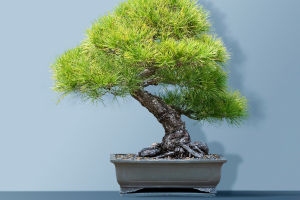Herbal tea, a beloved beverage enjoyed for centuries, is more than just a drink; it’s a blend of tradition, health benefits, and sensory pleasure.
Unlike traditional tea derived from the Camellia sinensis plant, herbal tea is made from a variety of plants, including leaves, flowers, seeds, and roots.
The process of making herbal tea involves careful selection, harvesting, drying, blending, and brewing of these botanicals. This essay explores each step in detail, unveiling the intricate art behind making herbal tea.
Selection of Ingredients
The journey of making herbal tea begins with selecting the right ingredients. Herbal teas can be crafted from a single plant or a combination of different botanicals to achieve a desired flavor profile and health benefits. Common ingredients include mint, chamomile, lavender, lemon balm, ginger, hibiscus, and rooibos. Each plant offers unique properties: chamomile is known for its calming effects, ginger for its digestive benefits, and hibiscus for its vibrant color and tart flavor. When selecting ingredients, it's crucial to consider the source. Organic and sustainably sourced botanicals are preferred to ensure the highest quality and purity, free from pesticides and harmful chemicals. Many herbal tea enthusiasts grow their own herbs, which allows for complete control over the cultivation process.
Harvesting
Once the plants are chosen, the next step is harvesting. Timing is critical in this phase, as the potency and flavor of the herbs can vary depending on when they are picked. Leaves and flowers are typically harvested in the morning after the dew has dried but before the sun’s heat diminishes their essential oils. Roots are usually harvested in the fall when the plant’s energy is concentrated below ground. Harvesting methods can vary: some herbs require delicate hand-picking to avoid bruising, while others can be cut with scissors. The goal is to preserve the integrity of the plant material to maintain its flavor and medicinal properties.
Drying
Drying is a crucial step in making herbal tea as it preserves the herbs and concentrates their flavors. There are several methods to dry herbs, including air drying, oven drying, and using a dehydrator. Air drying is the most traditional method and involves hanging bundles of herbs in a well-ventilated, dark, and dry space. This method can take several days to weeks, depending on the herb and environmental conditions. Oven drying and dehydrators offer quicker alternatives but require careful temperature control to avoid burning or over-drying the herbs. The ideal drying temperature ranges between 95°F to 110°F (35°C to 45°C). Once dried, the herbs should be brittle but not crumbly, indicating they have retained their essential oils and potency.
Blending
Blending is where creativity shines in the art of making herbal tea. Blending different herbs can enhance both flavor and therapeutic benefits. A balanced blend considers the primary herb, which forms the base flavor, and secondary herbs that complement or enhance the primary flavor. For instance, a soothing bedtime blend might include chamomile as the primary herb, with secondary herbs like lavender and lemon balm for additional calming effects. The proportions in blending are crucial. Experimentation and tasting are part of the process to achieve the desired balance. Some blends might require additional components like dried fruit peels, spices, or natural flavorings to create a more complex profile.


